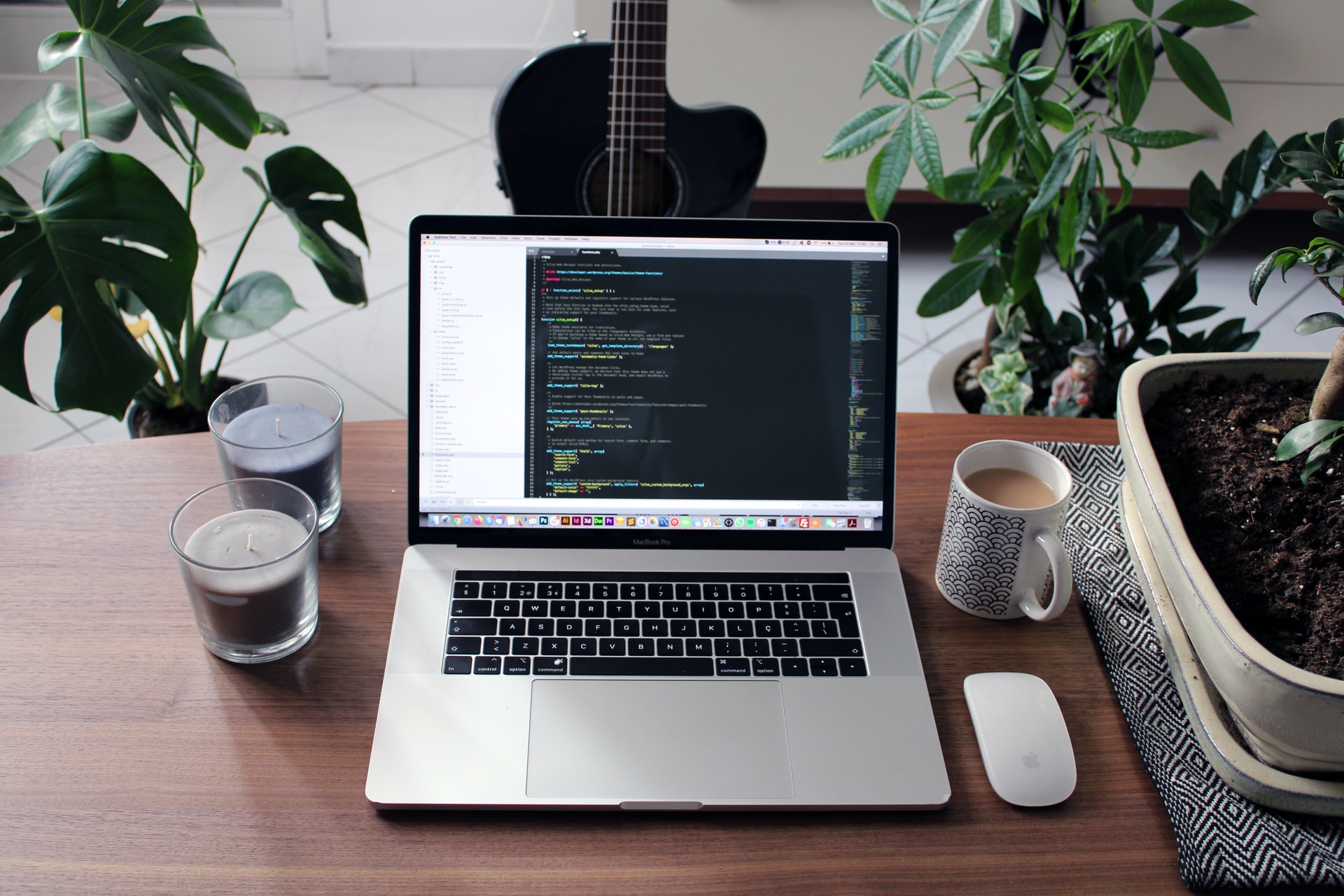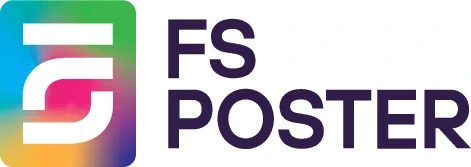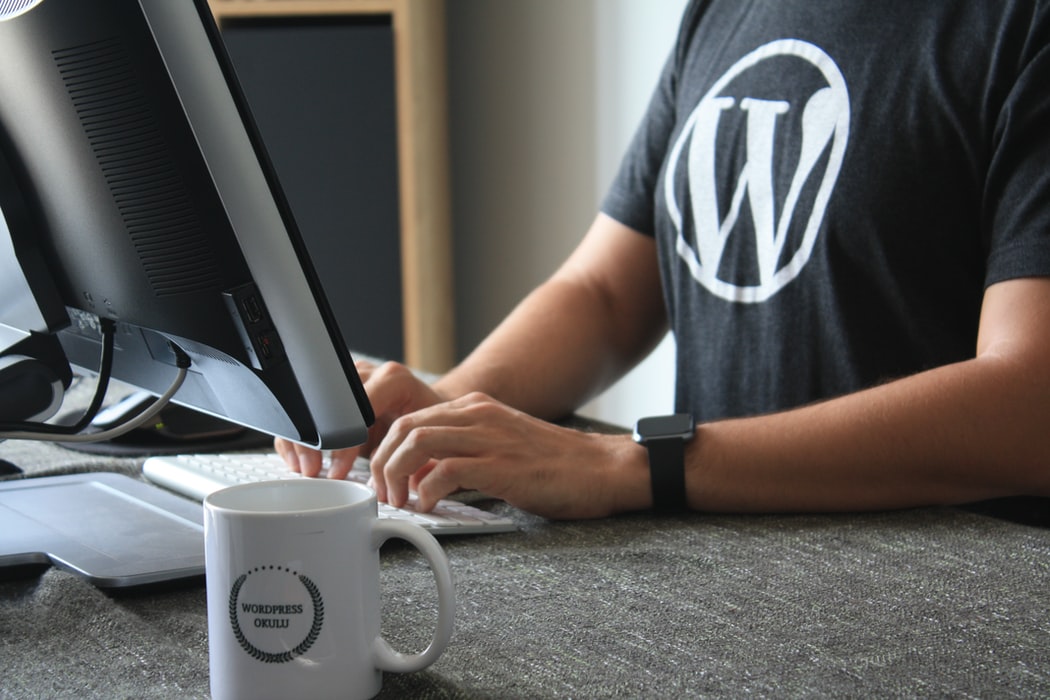
Saritel Abbaszade
Author
Multisite has been around in WordPress since version 3.0 and has brought with it the ability to establish an entire chain of sites with a single admin panel. This feature undoubtedly turned out to be useful for many webmasters who dreamed of creating a multi-blogging network without much difficulty.
Multisite-ness in WordPress
.jpg) The first thing that comes to mind when using multisite mode is creating a blog network where people can post their own blogs, under your control. Moreover, the installation of such a network is not so difficult.
The first thing that comes to mind when using multisite mode is creating a blog network where people can post their own blogs, under your control. Moreover, the installation of such a network is not so difficult.
Another fairly obvious usage is to design multiple sites using the same WordPress templates. This can help you automate the process of installing themes with the necessary parameters. In multisite mode, this is easier and more intuitive to do than in a self-written site management system. In this case, all settings will be available from a single administrative panel, and the super admin can control the situation all the time.
Another option for multisite utilization is creating a separate subdomain for a blog for a website. For instance, if you need to put a different blog theme on the same domain, with multisite and subdirectory mode, you can do this without much difficulty. The feature applies not only to the blog but to any part of the site that should look different.
Why Use WordPress Multisite?
You definitely need the multisite feature if creating a project, you suddenly realize that there are things you can automate. If you cannot fully implement the functionality in a single copy mode, you make a certain site, with different templates on different pages, menu bars, etc. Linking them together is an excellent solution.
Multisite-ness also allows users to maintain their own blogs (you can restrict this in the installation rights of templates, and plugins, and, if desired, delete the user with his/her copy of the site). You can also add a variety of plugins to make content management easier for users, and our auto post plugin is definitely a must-have one.
Here are other advantages worth mentioning:
-
all changes and updates can be done within one copy of WordPress, which does not take up much disk space;
-
one database is used for all sites;
-
creation of separate blogs for users who frequently blog on your resource;
-
different templates and plugins can be installed;
-
websites can function independently of each other;
-
you can export data from each individual site and then import it to another site.
Managing WP Multisite
.jpg)
You can manage multisite on completely unrelated sites that you owe and which you would like to update without any problems. Instead of updating every copy of WP for many of your sites, you can pack them into a single multisite and update seamlessly. This feature can be very handy if you have plenty of sites.
In the process of creating a network of sites, the choice of web hosting may cause some challenges since many hosting providers do not present the necessary conditions for this. Thus, pay attention to the tariff’s unlimited quantity of subdomains to avoid difficulties. The easiest way to check whether hosting for a multisite is suitable is to try a trial period and if everything works, then hosting is right for you. You can also contact the support team and consult about such an opportunity.
Managing Blogs on WordPress Multisite
If you have created a blog for several users, united by a common idea and domain, then to set multisite functionality you take several steps of the installation process. After you enable the multisite-ness in the wp-config.php, find the Network in the Tools menu, name your structure, and indicate admin email. Now, the most important step: after the structure is created, the system will display several blocks with codes that must be placed in different files. In the wp-content package, create the blogs.dir folder and set the permissions on it. Media files uploaded by users will be stored in this folder.
Initiate the wp-config.php file again and add a random set of characters that is almost impossible to remember, but can be generated. If the generator lacks fields to fill in all the items, you can refresh your generator page and enter keys to encrypt cookies.
The last step - editing the .htaccess file. After you edit all the files, log out to the blog, and log back in. You will immediately see the changes - a section for the super administrator will appear, which will have all the controls for managing blogs on the site.
That's it! Go to the super administrator section and set the settings to your liking.
Final Word
As we can see, multisite allows you to run an unlimited number of sites within one copy of the system, which can be managed from one admin panel. Isn’t it a great feature? It seems that WordPress emphasizes the user’s convenience mostly, providing many innovations that could be used simply and without unnecessary knowledge. That is why this is the most popular content management system in the world.
Another bonus - the FS Poster plugin allows seamlessly sharing content to multiple social networks from WP multisite. This is why this is the best fit for any WordPress website.










